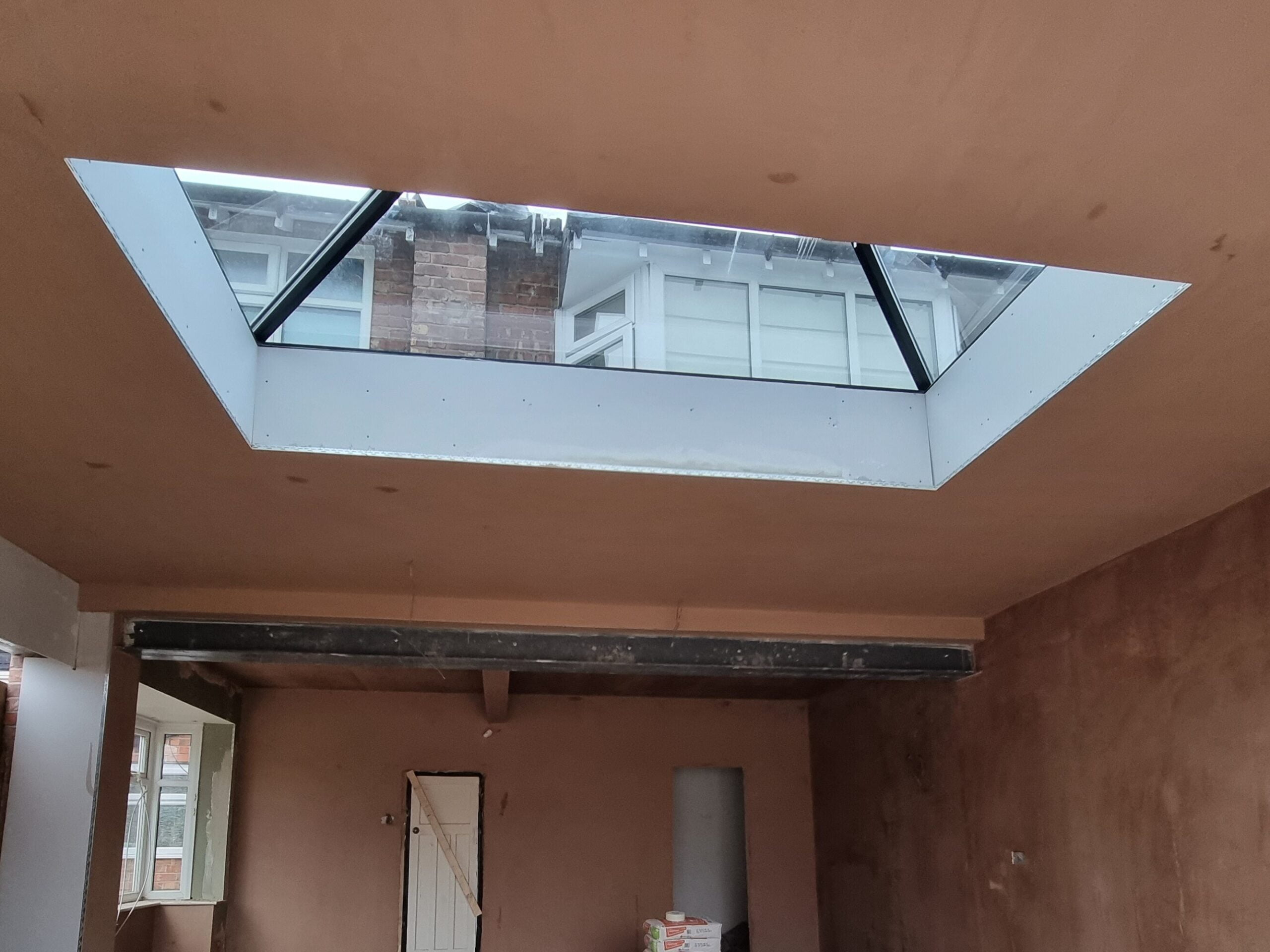A Comprehensive Overview to Mastering Plastering Skills for Your Remodelling Demands

Vital Devices and Materials
In the world of plastering, having the right devices and products is extremely important to achieving a flawless surface. Numerous crucial tools serve unique objectives, ensuring efficiency and precision throughout the gluing process. A high-grade trowel, as an example, is vital for using and smoothing plaster, while a hawk supplies a steady platform for holding the material. A joint knife is additionally vital for comprehensive job, specifically in corners and edges.
Along with devices, choosing the best plastering materials is essential. Gypsum-based plasters are generally liked for their flexibility and simplicity of usage, while cement-based alternatives are excellent for outside applications as a result of their longevity. Water and bonding agents play substantial functions in attaining correct consistency and attachment, making sure that the plaster adheres effectively to the surface area.
Furthermore, protective equipment such as goggles, handwear covers, and masks is necessary to secure against dust and inflammation throughout the application procedure. By putting together the right mix of tools and materials, plasterers can enhance their capability and generate top notch finishes, inevitably boosting the general craftsmanship of their job.
Preparing Surfaces for Smudging
Attaining a smooth and resilient plaster surface begins with meticulous prep work of the surfaces to be plastered. This foundational action is essential to making certain attachment and the longevity of the plaster. Beginning by evaluating the problem of the substratum-- whether it is stonework, drywall, or concrete-- eliminating any type of loose paint, dust, or particles that may disrupt bonding.
Next, fix any imperfections such as openings or fractures. Use an appropriate filler to achieve a degree surface; this can be vital for preventing future issues. As soon as fixed, make sure the surface is tidy and completely dry, as wetness can endanger plaster adherence.
For permeable surfaces, it is suggested to apply a bonding agent. This product enhances attachment and creates a trusted interface between the plaster and substratum. If functioning with previously plastered surfaces, it may be needed to mess up or sand the area gently to offer a key for the new plaster layer.
Gluing Methods and Tips
Grasping gluing strategies requires both ability and technique to accomplish a perfect surface. One vital technique is the application of the plaster in several slim layers, rather than a single thick layer.
When applying the surface coat, utilize a our website shoveling method that involves holding the trowel at a slight angle and operating in a circular movement. This aids to produce a smooth surface area and reduces the appearance of trowel marks. In addition, maintain a spray container of water helpful to haze the surface lightly; this keeps the plaster workable and allows for smoother ending up.
Timing is essential; job efficiently, as the plaster begins to set. When the plaster has actually firmed up but is still moist, utilize a damp sponge to delicately smooth the surface area better. Last but not least, permit adequate drying time prior to fining sand or painting, ensuring your effort causes an expert, high-grade finish.
Usual Mistakes to Avoid

An additional usual mistake is using plaster as well heavily. Excitable applications can cause fracturing and long term drying out times. It's essential to apply plaster in thin, even layers, allowing each coat to completely dry properly before adding more.
Additionally, not making use of the right tools can hinder the quality of the finish. Making use of inappropriate trowels or mixers can create inconsistencies in the smudging procedure. Constantly select premium tools designed for smudging jobs.
Finally, numerous individuals underestimate the relevance of timing. Operating in inappropriate temperatures or moisture levels can negatively impact plaster drying and healing. It is suggested to examine climate condition and adjust your routine appropriately.
Ending Up Touches for an Expert Look
The last stages of a plastering job are vital for accomplishing you can try here a polished, specialist appearance. As soon as the plaster has dried out adequately, the next action is to examine the surface for flaws. Minor bumps, openings, or uneven locations should be resolved utilizing fine sandpaper or a fining sand block. This precise focus to detail is essential for making certain a smooth surface.
After fining sand, it's advisable to cleanse the surface to eliminate any type of dust and debris. A wet fabric is reliable for this purpose, followed by a detailed drying period. If essential, applying a slim layer of completing plaster can enhance the surface even more, providing a smooth coating.
Once the ending up plaster is dry, another round of sanding might be called for to accomplish the preferred smoothness. Finally, take into consideration applying a primer before paint or wallpapering, which will improve bond and sturdiness.
Final Thought
Grasping gluing abilities dramatically enhances the top quality of restoration projects. A complete understanding of necessary tools, surface area prep work, and effective techniques is critical for accomplishing expert outcomes. Understanding of common mistakes permits the evasion of pricey errors, while attention to completing touches guarantees a refined appearance. Ultimately, the assimilation of these components adds to the production of smooth, resilient surfaces that boost the aesthetic value of any kind of space, highlighting the value of competent plastering in home renovation endeavors.
Water and bonding agents play significant functions in accomplishing correct consistency and bond, making sure explanation that the plaster adheres effectively to the surface. Plastering.


Furthermore, maintain a spray bottle of water helpful to mist the surface lightly; this keeps the plaster workable and permits for smoother completing. (Plastering)
If needed, applying a slim layer of ending up plaster can enhance the surface area even more, supplying a smooth coating.